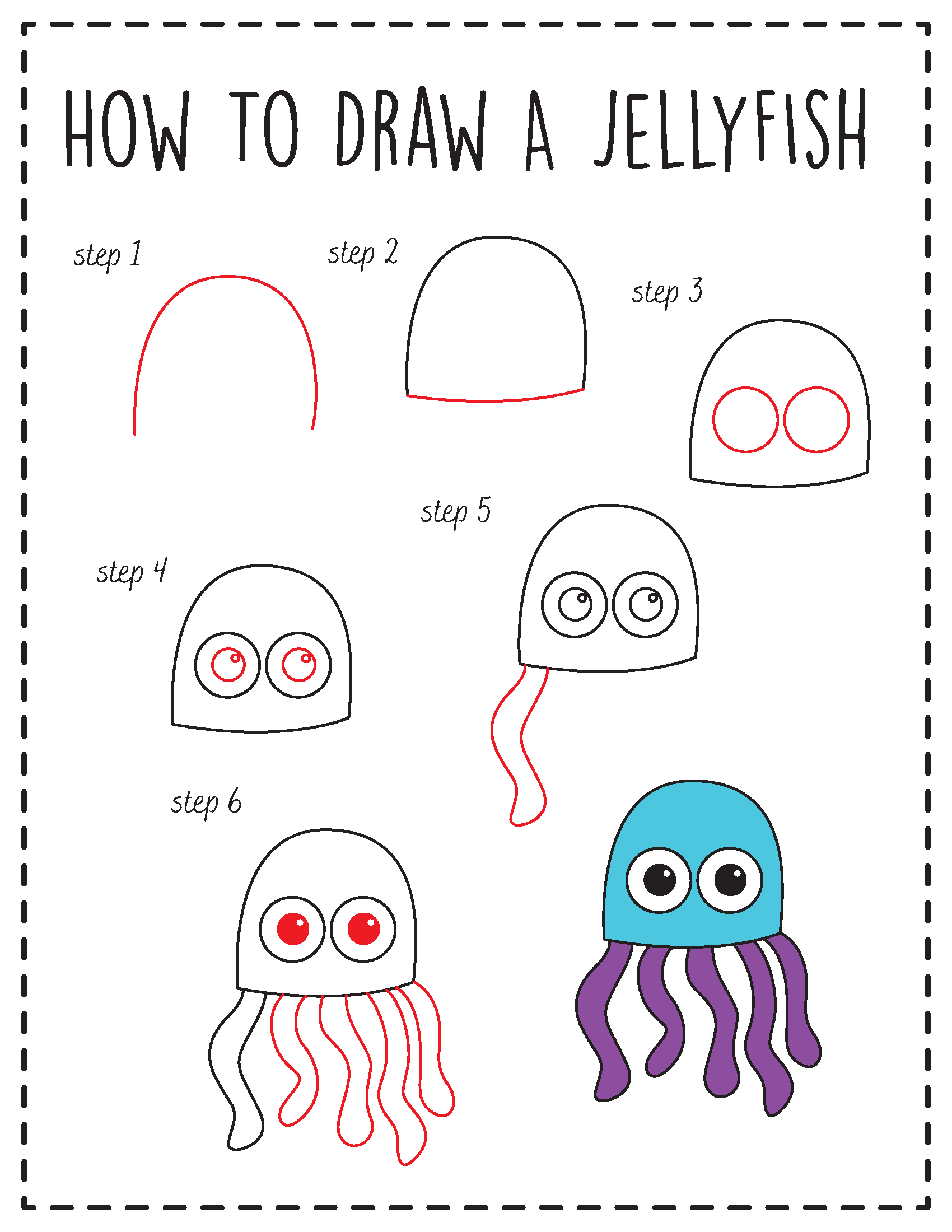Directed drawing is a fun and educational activity that is perfect for children of all ages. It involves following step-by-step instructions to create a drawing of a specific object or animal. This activity helps improve children’s fine motor skills, concentration, and creativity.
Many teachers and parents use directed drawing as a way to engage children in art while also improving their cognitive abilities. It is a great way to encourage children to use their imaginations and express themselves through art.
What is Directed Drawing?
Directed drawing involves giving children specific instructions on how to draw a particular object or animal. The instructions are broken down into simple steps that are easy for children to follow. This helps them build their confidence and feel a sense of accomplishment as they complete each step.
Children can use a variety of materials for directed drawing, such as pencils, crayons, markers, or paint. They can also choose to add their own creative touches to the drawing, making each piece unique and personal.
One of the benefits of directed drawing is that it helps children develop their fine motor skills. By following the instructions and using different materials, children can improve their hand-eye coordination and dexterity.
Directed drawing also helps children improve their concentration and focus. As they follow the steps and create their drawing, children learn to pay attention to details and stay engaged in the activity.
Overall, directed drawing is a fun and educational activity that can benefit children in many ways. It helps them develop their creativity, fine motor skills, and concentration, all while having a great time expressing themselves through art.
So why not give directed drawing a try with your children or students? It’s a wonderful way to engage them in art and help them develop important skills that will benefit them for years to come.
